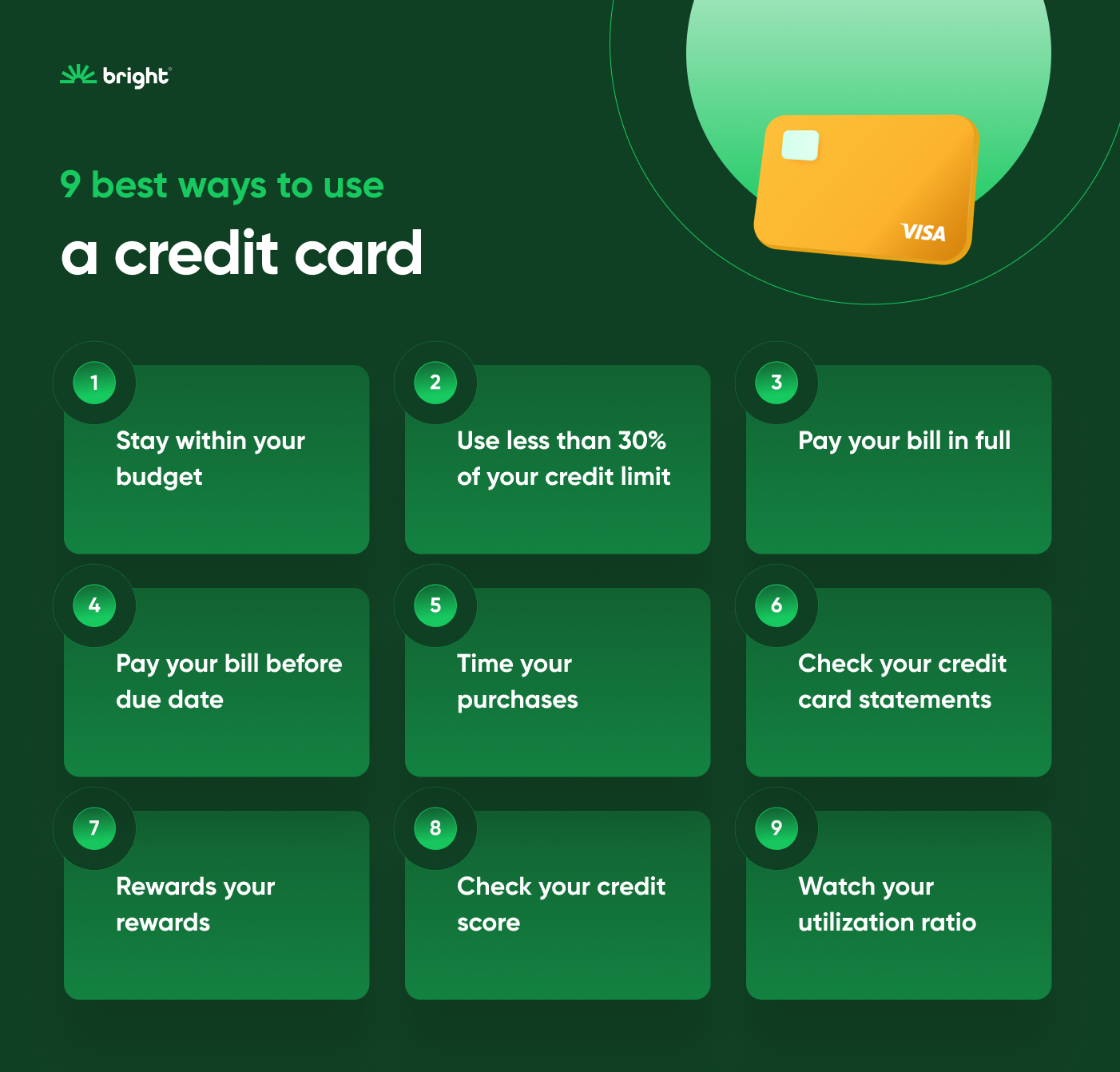.png)
Wohoo!
You are subscribed to our blog newsletter
Awesome!How to choose the right credit card for you
Choose a credit card based on its APR and your needs, with rewards programs that are useful for you.
Some credit cards pack on lots of bells and whistles. Others are limited and fairly straightforward. Points, perks and extra protections abound, but so do annual fees and varying interest rates.
The best way to choose a credit card is looking at your spending habits and expectations as a guide. Your credit score will also impact your options, with a healthy score likely to deliver lower interest rates.
What will you use your credit card for?
Build credit
If you lack a credit history or have a low credit score, opening and using a credit card can help build or rebuild credit — as long as you use it responsibly. A secured credit card can be a good place to start. Typically, with a secured card, you’re required to make a deposit with the card issuer, and that deposit becomes your credit limit. Interest rates still apply, and some offer rewards, but if you want a higher credit limit, you’ll need to deposit more money.
Transfer debt
A balance transfer credit card can save time and money. You’ll use it to pay off the balance owed on another credit card or loan -- because it has a lower interest rate. A typical balance transfer credit card has a 0% APR for over 12 months, with a 3% balance transfer fee and a $0 annual fee. When you move debt to a transfer credit card, you’re reducing your costs and paying less in interest charges.
9 better ways to use your credit card.
Earn rewards
Many credit cards offer rewards for using them, adding miles to your airline frequent flyer programs or points that give discounts at various retailers. Choose a card that fits your needs, depending on where you’re going today.
Watch for annual fees
Some cards charge as much as $500 annually, while others require no annual fee. Do the math and see if you’ll earn back the fees in rewards or with a lower APR.
As you choose the perfect card, remember Bright has your back. Once you connect your cards and your bank account, we’ll find the fastest, smartest way to pay off your debt and make your payments automatically.
Recommended Readings:
Avinash is an Engineering graduate from IISc and BITS-Pilani. He is an experienced engineer and big data architect.









